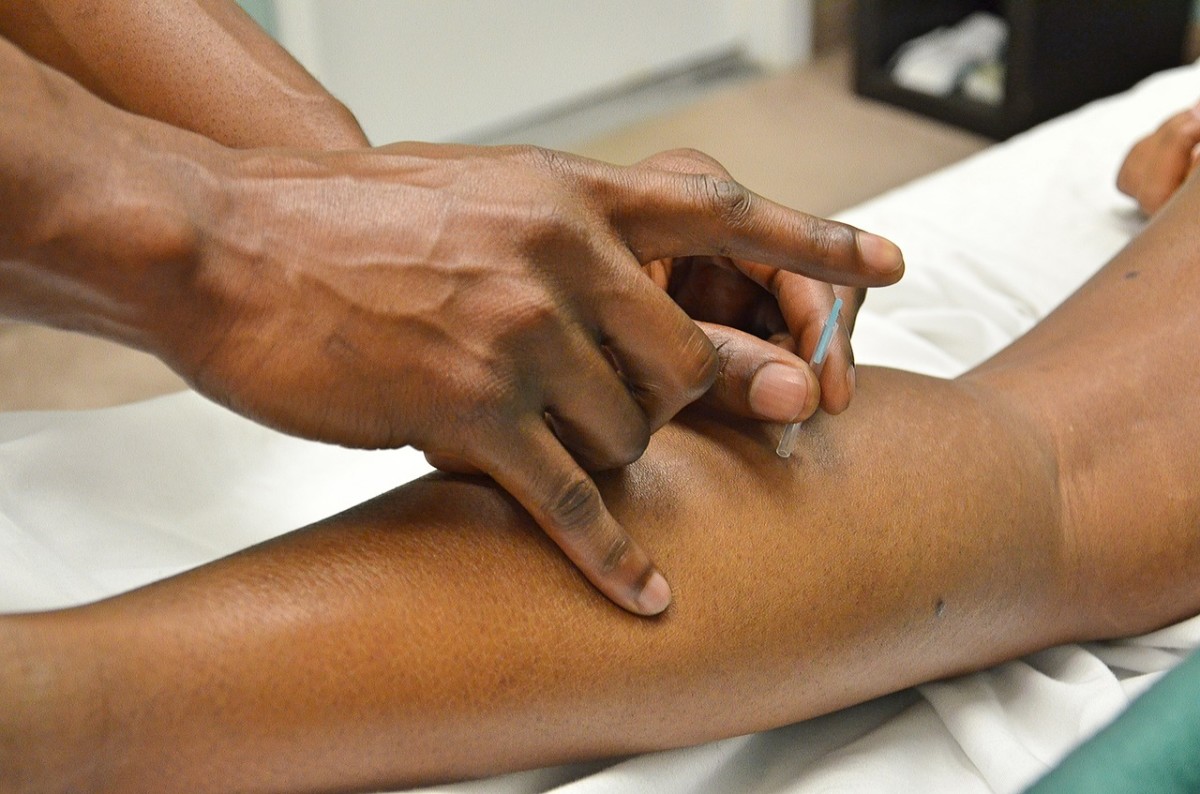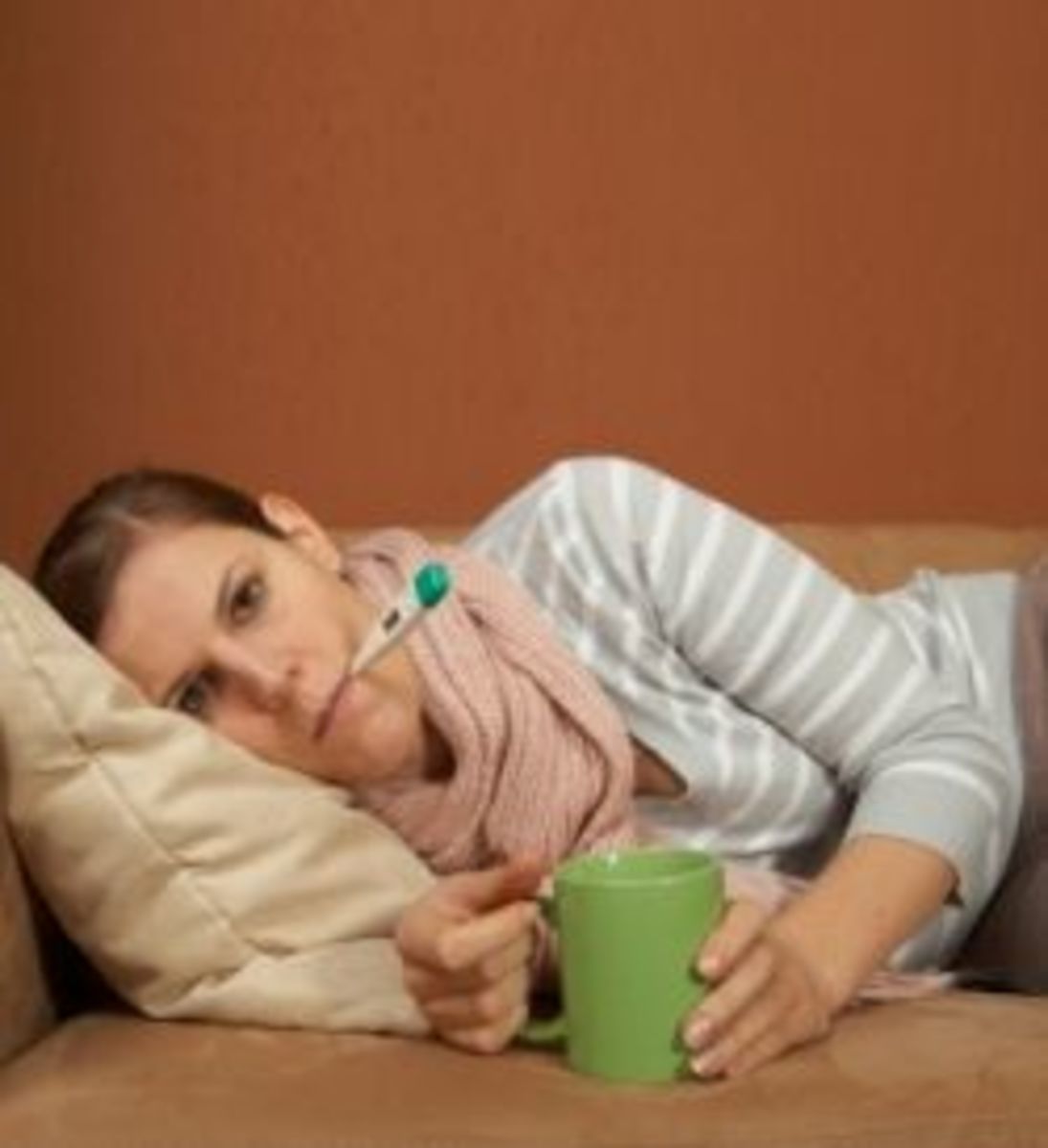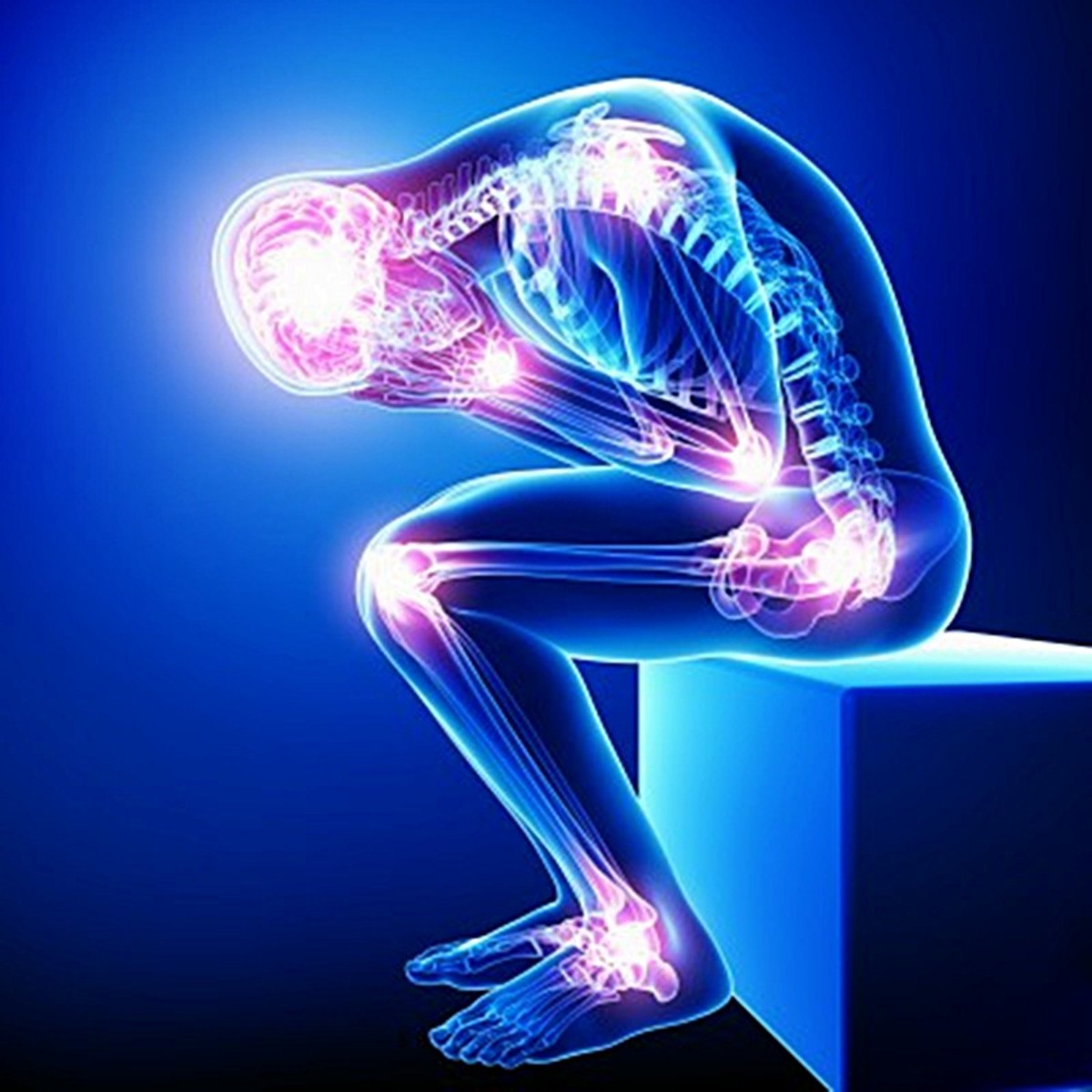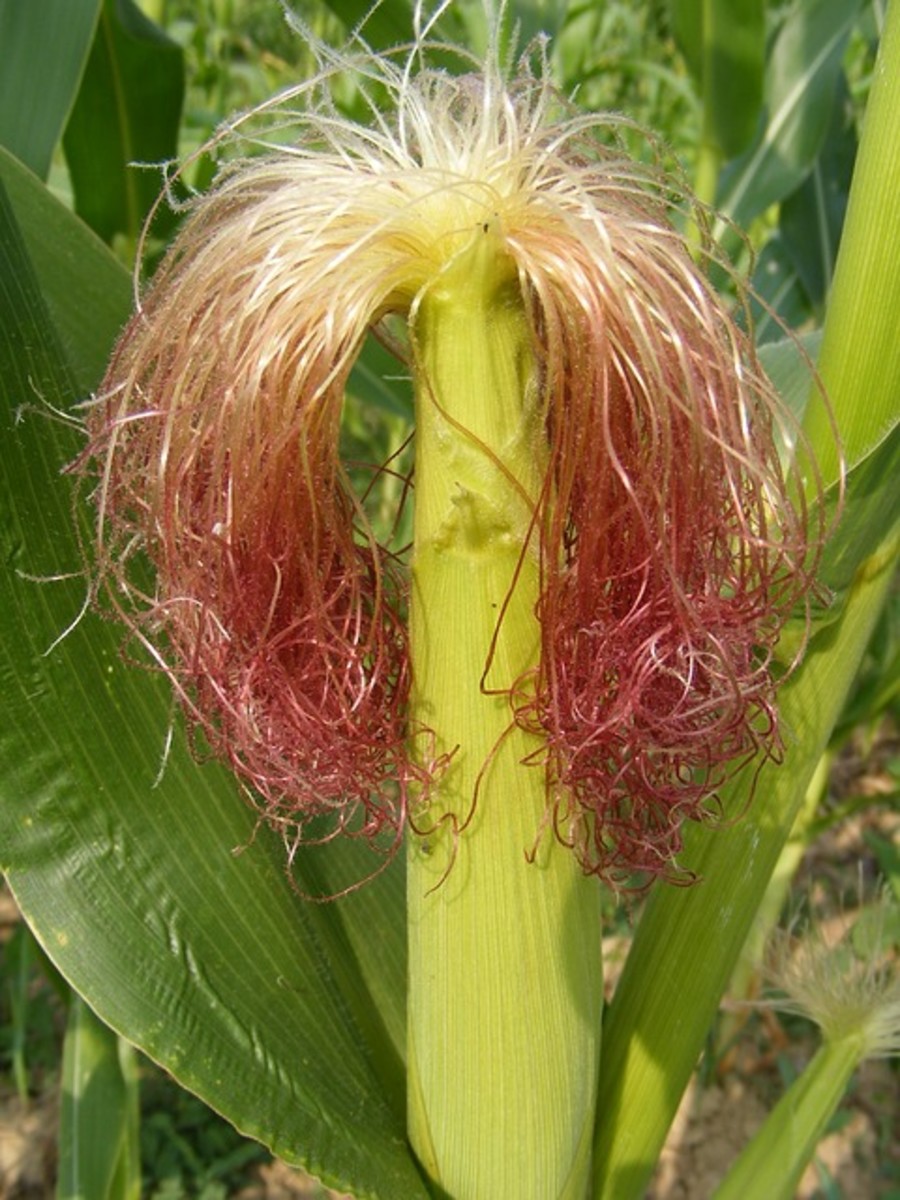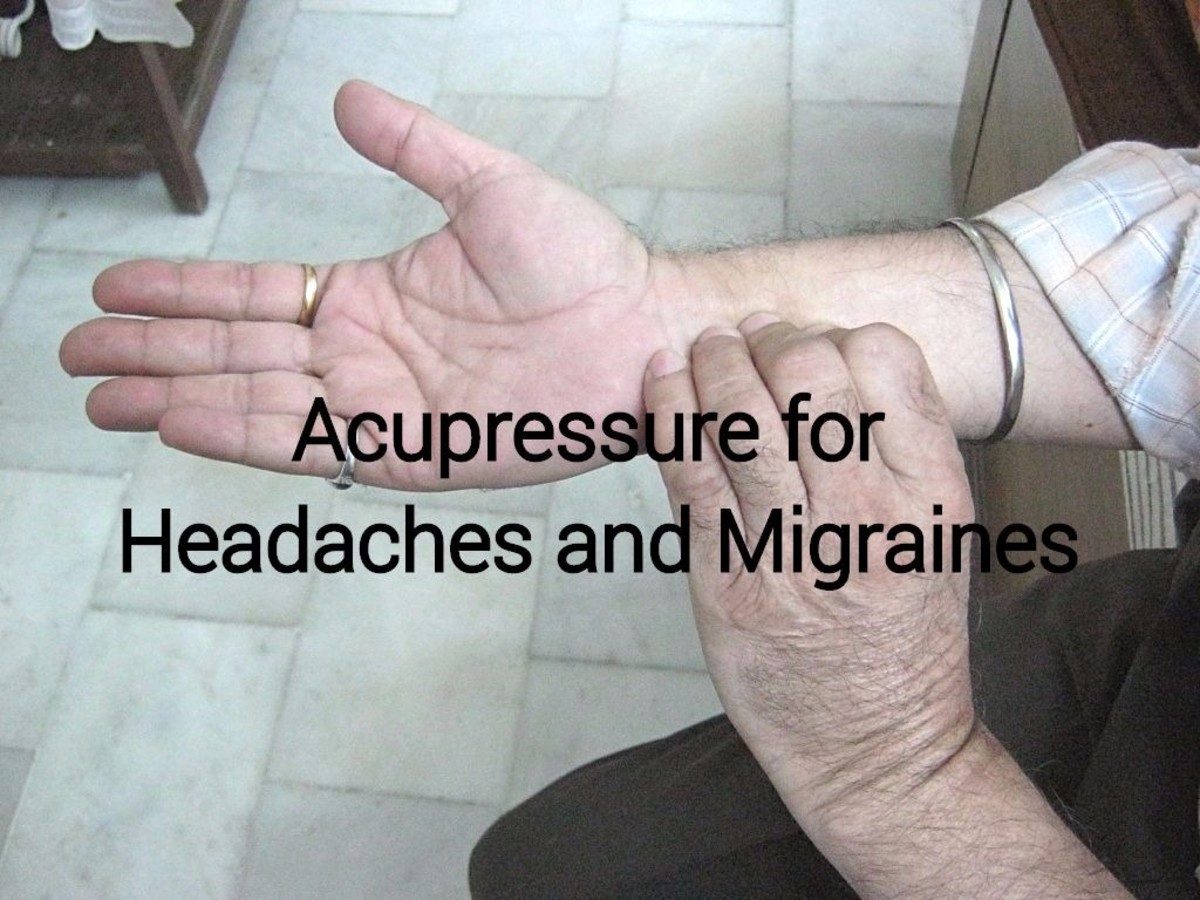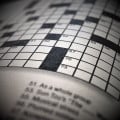Why to Try Acupuncture or Acupressure
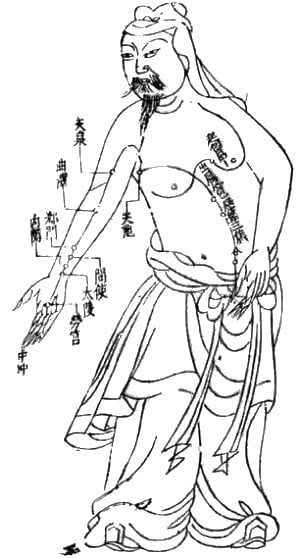
Although acupuncture and acupressure aren’t fully understood by western medicine yet, they have provided countless people with relief without side effects. There are many reasons to give these types of therapy a try.
What Does Acupuncture Work For?
Western studies have backed up the use of acupuncture for pain disorders and nausea from chemotherapy. However, there have been surgeries successfully preformed while the patient has been anesthetized with acupuncture and only minimal medicine.
It’s also helped people with the following problems:
- Asthma
- Allergies
- Emotional disorders like depression, anxiety, PTSD and others
- Arthritis
- Digestive problems
- Stress management
- Fatigue
- Headaches
This is by far not an all inclusive list.
I’ve known quite a few people who had seen marked improvement in asthma, mood problems and digestive issues from acupuncture. Personally, I’ve experienced the positive effects of using acupressure in treating stress, fatigue, and headaches.
People have sought acupuncture and acupressure treatment for centuries in the Far East. Although it’s still considered an alternative therapy in the west, it’s gained significant momentum as more success stories have made themselves known.
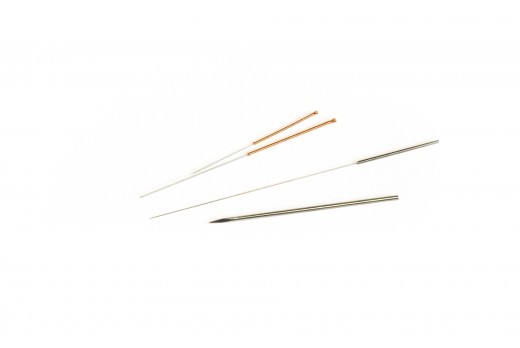
How Does It Work?
Because this type of treatment originated in China, it works based off of Chinese medicine.
It’s believed that we each have what’s called qi, or chi, running through us all hours of the day. This chi can be considered life energy. It flows in an endless cycle through meridians throughout the body, and when those meridians get blocked, that’s when problems happen, like disease, pain and dysfunction.
Think of this system like a circuit and the chi as electricity. When the circuit is completely open, there’s no resistance to the electricity. However, if the circuit is broken, it no longer functions properly.
From a biological perspective, it's similar to blood flow. We all know what it's like to have our feet fall asleep when we sit in one position too long. When we move, suddenly they're getting the blood flow they need and feeling returns, often after a short bout of pins and needles. When a meridian is blocked, your practitioner will help remove the block and allow energy to flow freely again.
Acupuncture and acupressure also help restore balance when there's too much or too little qi in certain meridians. Disorders happen when our bodies are imbalanced.
What to Expect
When you go to your first appointment, you can expect it to last about an hour.
This is because the practitioner needs to get a better idea of where they need to concentrate and determine what kind of treatment plan is needed. In this initial interview, you can expect the following to be covered:
- Sources of pain/discomfort
- An examination of your tongue
- Examination of facial coloring
- Taking your pulse to measure its strength, rhythm and quality
The practitioner may also ask you for a medical history and list of things that you’re currently taking. It’s also possible that they will suggest herbal treatment as well.
Subsequent appointments should last about thirty minutes each.
Your therapist should let you know what part of your body they’ll be working on, and ideally why it will help your problem. Because meridians align with different organs, the part of your body worked on may not be directly over the problem area.
Once they begin, they may use between 5 and 20 needles. Because they’re so thin, the process should be painless, but sometimes there may be a deep ache when they reach the spot they need to be.
The therapist will most likely manipulate the needles by either gently tugging on them to make sure they’re in the right spot or twirling them to help break the block up. Sometimes gentle heat or weak electrical impulses will also be applied.
Don’t be afraid to ask any questions or let them know if you’re feeling any discomfort.
Once the needles are in, you will be asked to lie still and relax for between 10 and 20 minutes.
There should be no pain when they’re removed, and the needles should be discarded once used to prevent infection.
After the appointment, you may feel either relaxed or energized. Either sensation is completely normal.
Acupuncture vs. Acupressure
Acupuncture
| Acupressure
|
|---|---|
Needles are used
| Fingers are usually used
|
Faster relief
| Gradual relief, but also has benefit of massage
|
Need bare skin
| Can work through clothing
|
Acupuncturists need to be TCM (Traditional Chinese Medicine) certification
| Can be learned from a book/no certification needed
|
Multiple points are worked at once
| One point is worked at a time
|
Although both techniques are based on the same principles, there are a few fundamental differences.
How Many Appointments Do You Need?
This is a question that your therapist will discuss with you. Because the energy system is so dynamic, it changes subtly every day.
However, when you’ve been suffering with a problem for a long time, the block may be harder to remove. When blocks are particularly bad, you will need more appointments to take care of the problem. Generally, 6 to 12 appointments is the normal treatment regimen in acupuncture.
Because you can learn acupressure, you can continue that type of treatment whenever you feel you need it. This is particularly useful when coping with high stress levels over a long period of time.
Side Effects
There are relatively few side effects to accupressure and accupuncture. If you're open with your practitioner and let them know if anything they do causes discomfort, there should be no pain during the treatment.
However, acupuncture has a few more side effects than acupressure, though, again, they're usually very minor.
Bruising
When a point is particularly congested, sometimes a small bruise will form around where the needle had been inserted to loosen it up. Unless you bruise easily, these marks are usually feint and heal quickly. If they concern you, applying an ice pack once you get home will keep them from darkening further.
Mild Aching
After the appointment is finished, you may notice some minor aching in your hands or ankles, depending on where work was done. This is relatively common and usually fades within a day or two. This is caused when a point remains active after the appointment, which just means your qi is continuing to balance itself.

My Acupuncture Story
Since first writing this article, I have been fortunate enough to find a local acupuncturist. We had known each other for years as friends, so when she opened her own practice, I knew I could trust her.
For my first appointment, we sat in her small office to discuss my symptoms and what I wanted the treatment to address. She took my pulse, looked at my tongue, and took down my medical history, including my medications.
Once we finished that, she had me undress while she stepped out and lie down on her massage table. She worked on my back, first massaging to loosen up some tension, and then felt along meridians to find points in need of attention. The needles didn't hurt at all, though I did have some muscle twitching, which is normal for me. Every massage therapist I've seen has noticed the same reaction, so it follows the same thing would happen with acupuncture.
That day, my left leg had been aching. When she placed a needle in a certain point, the ache vanished. I had never experienced pain disappearing like that without medication in my life before. I could also feel my sinuses clear and my lungs loosen when she addressed those points.
Once she had placed the needles, she let me rest for several minutes while soothing music played in the background. With my consent, he had also turned on an essential oil diffuser for the added benefit of aromatherapy.
When we finished, the asthma symptoms and sinus congestion that had been plaguing me was gone, and I was pain-free for the first time in weeks. That night, I slept better than I had in months.
Over the course of subsequent visits, my health continued to improve, though I did experience a little mild bruising and an achy wrist after sessions to address particularly stressful situations. In general, though, this is a treatment I would advise anyone to try.

